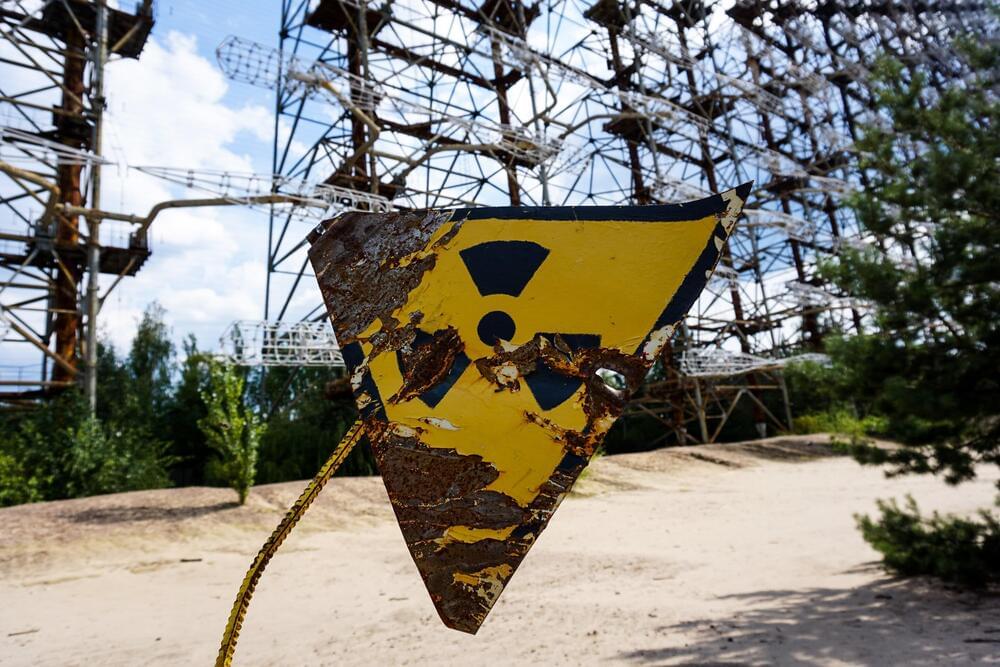
Get the latest international news and world events from around the world.





A self-driving revolution? We’re barely out of second gear
“Britain moves closer to a self-driving revolution,” said a perky message from the Department for Transport that popped into my inbox on Wednesday morning. The purpose of the message was to let us know that the government is changing the Highway Code to “ensure the first self-driving vehicles are introduced safely on UK roads” and to “clarify drivers’ responsibilities in self-driving vehicles, including when a driver must be ready to take back control”.
The changes will specify that while travelling in self-driving mode, motorists must be ready to resume control in a timely way if they are prompted to, such as when they approach motorway exits. They also signal a puzzling change to current regulations, allowing drivers “to view content that is not related to driving on built-in display screens while the self-driving vehicle is in control”. So you could watch Gardeners’ World on iPlayer, but not YouTube videos of F1 races? Reassuringly, though, it will still be illegal to use mobile phones in self-driving mode, “given the greater risk they pose in distracting drivers as shown in research”.

Meteorologists get key upgrade just in time for 2022 hurricane season
The official start of Atlantic Hurricane Season is less than six weeks away, and forecasters will be getting an essential upgrade just in time for the season to begin.
New technology from the University of Wisconsin will help with preparation of more detailed forecasts and provide more reliable information to meteorologists and emergency planners, which should ultimately result in better, safer outcomes for public safety.
The Advanced Dvorak Technique (ADT) is a satellite-based method for determining tropical cyclone intensity. Planned upgrades include the use of full-resolution images from weather satellites, better identification of the location of each storm’s eye and the ability to better analyze hurricanes occurring outside tropical regions.

Nuclear expert cautions against unfamiliar new nuclear age
High-tech advances in weapons technologies and a return of ‘great power nuclear politics’, risk the world ‘sleepwalking’ into a nuclear age vastly different from the established order of the Cold War, according to new research undertaken at the University of Leicester.
Andrew Futter, Professor of International Politics at the University of Leicester, makes the warning in a research paper for the Hiroshima Organization for Global Peace (HOPe), published today (Friday).
While stockpiles are much reduced from the peak of up to 70,000 nuclear weapons seen in the 1980s, progress in a number of new or ‘disruptive’ technologies threatens to fundamentally change the central pillars on which nuclear order, stability and risk reduction are based.

Will Rising Gas Prices Speed Up the Transition To A Zero-Emission Future?
Please welcome a second posting here at 21st Century Tech Blog, from Katie Brenneman. Katie’s previous contribution looked at how individuals can practice sustainability to mitigate the threat of climate change. Her many interests include writing on lifestyle, mental health, and sustainability. You can follow her on Twitter.
In this contribution, Katie has chosen a timely topic: the increasing consumer interest in electric vehicles (EVs). The recent stratospheric rise in gasoline and diesel prices because of Russia’s invasion of Ukraine has made EVs far more attractive. That plus more announcements about new EV models, i.e., The Ford Lightning (an EV version of the F-150) may prove to be the moment when North Americans begin a rapid move away from fossil-fuel-powered vehicles?
As fuel prices continue to rise around the world, many consumers are taking another look at EVs as a potential solution for their transportation needs. This follows historical trends that show whenever there is a spike in gas and diesel costs it is accompanied by an increase in EV sales. Online searches for EVs continue to double with many in the renewable energy sector wondering if this is the watershed moment that will finally move us to take zero-emission actions seriously.